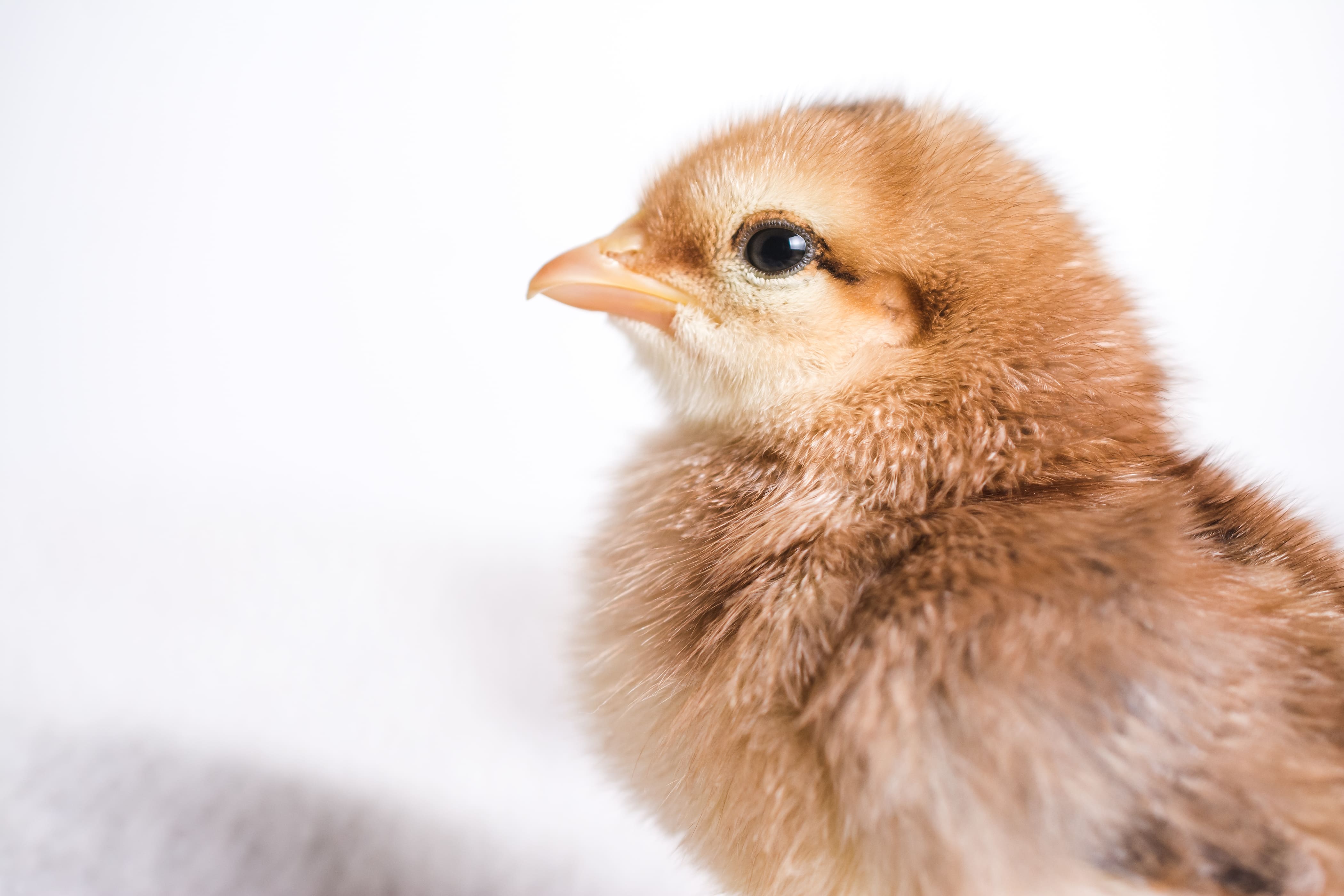
EFFECT OF DIFFERENT ADDITIVES IN THE PROTECTION OF BROILERS CHALLENGED WITH CAMPYLOBACTER
The major source of human campylobacteriosis is considered undercooked and cross-contaminated broiler meat. The society is demanding to reduce antibiotic use and alternatives to fight against bacterial infections in farms. In this context, in the monthly WPC webinars 2021, Norel has presented the last trial focused on the effect of different additives on caecal colonization of Campylobacter in broilers. A total of 288 day-old chicks (negative to Campylobacter) were distributed in 4 treatments among 24-floor pens (n=6). The treatments were: T1, Control feed without additives; T2, GUSTOR N’RGY (2.7Kg/t of feed, active ingredient, AI=56% C4); T3, DICOSAN (4Kg/t, AI=38% C8+C10+C12); and T4, DICOSAN+ (2.3Kg/t, AI=65% C4+C8+C10+C12). All additives were dosed to achieve the same quantity of AI in the final feed. At d11 of rearing, 20% of birds were orally challenged with Campylobacter jejuni (6 log10 CFU/mL). From each treatment 18 chicks were euthanized for caeca sampling at 1, 2, 3 and 4 weeks post-inoculation (WPI). All additives got a significant reduction on Campylobacter counts along the rearing period. By week, a significant logarithmic reduction of Campylobacter counts at 4th WPI were achieved by T2, T3 and T4 (1.63, 1.23 and 1.26 Log R, P<0.05). By treatment, no significant differences were observed at 1st and 2nd WPI. However, at 3rd WPI, T4 tended to have the lowest counts (6.75y, 6.59xy, 6.86y and 6.06x, for T1, T2, T3 and T4, respectively). At 4th WPI, T2 and T3 had significant lower counts of Campylobacter (6.66b, 5.91a, 6.03a and 6.24ab, for T1, T2, T3 and T4, respectively). In conclusion, all treatments achieved a significant reduction of caecal colonization by Campylobacter. However, DICOSAN+ at 32d of rearing with 1.4 log10CFU/g reduction and GUSTOR N’RGY at 42d of rearing with 1.6 log10CFU/g reduction were the most effective additives. It has been reported that Campylobacter reductions around 2 log10 CFU/g is estimated to reduce human campylobacteriosis cases attributable to broiler meat by at least 76%.

